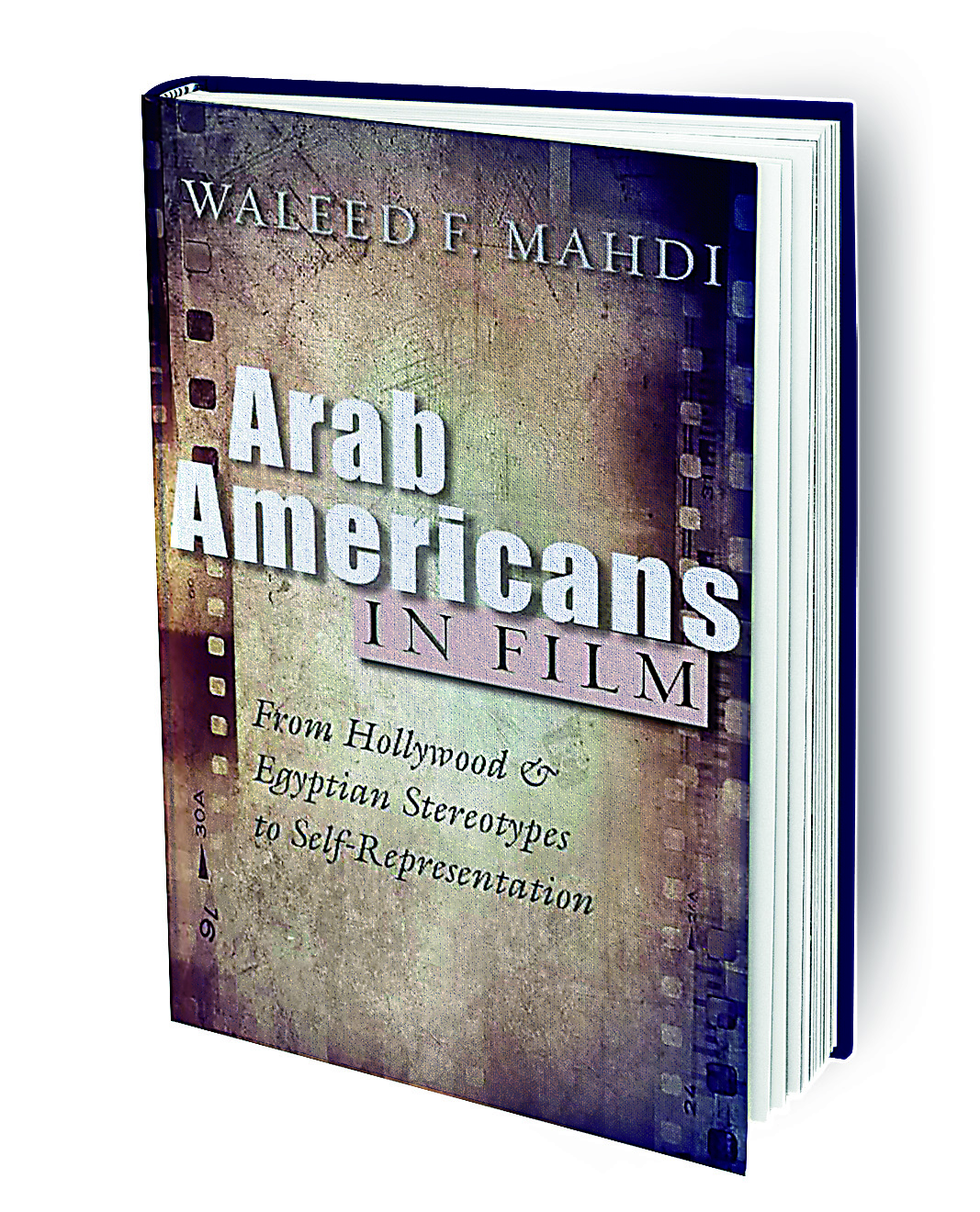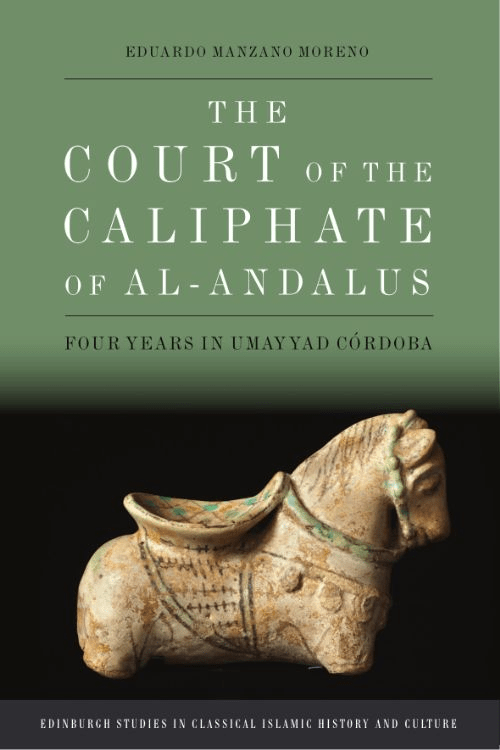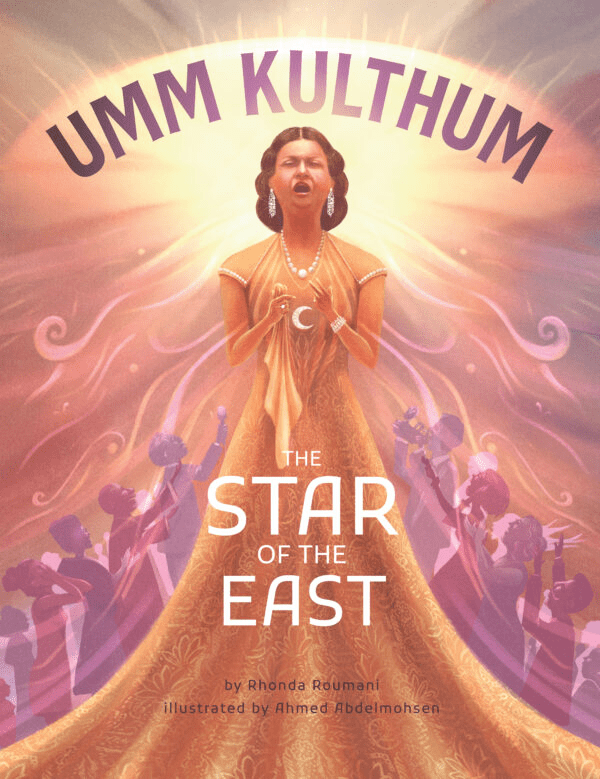
Arab Americans in Film: From Hollywood and Egyptian Stereotypes to Self-Representation
Piney Kesting
Waleed F. Mahdi
Syracuse UP, 2020.
As a first-generation Arab American Muslim, Mahdi, an assistant professor specializing in US-Arab cultural politics, recalls how his struggles with identity and the concept of otherness compelled him to examine how films and filmmakers portray Arab Americans. He questions what it means “to develop a complex sense of Arab American identity in film. “ The book, in analyzing three genres—Hollywood, Egyptian and Arab American cinema—reaches several insightful conclusions. Negative film portrayals of Arab Americans, for one, are not based solely on US orientalist history, which date back to the late 1800s. These stereotypes, the author says, reflect polarized cultural images perpetuated in both the US and the Arab world. A hopeful sign comes from the post-9/11-generation of Arab American filmmakers, whose films reflect a new view of Arab American cultural citizenship. They are, Mahdi writes, “breathing authenticity, cultural specificity and fully dimensional humanity into the stories told by, about and for Arab Americans.”
You may also be interested in...

New Perspective Offered in The Court of the Caliphate of al-Andalus — Our Book Review
Author Eduardo Manzano Moreno gives life to a court scribe’s observations of Córdoba to offer a rarely explored view of the era
Children’s Book Documents Rise of Umm Kulthum, Egypt’s Star of the East, As Declaration of National Identity
Illustrator Rhonda Roumani presents an illustrative biography of legendary Egyptian singer and cultural icon Umm Kulthum.